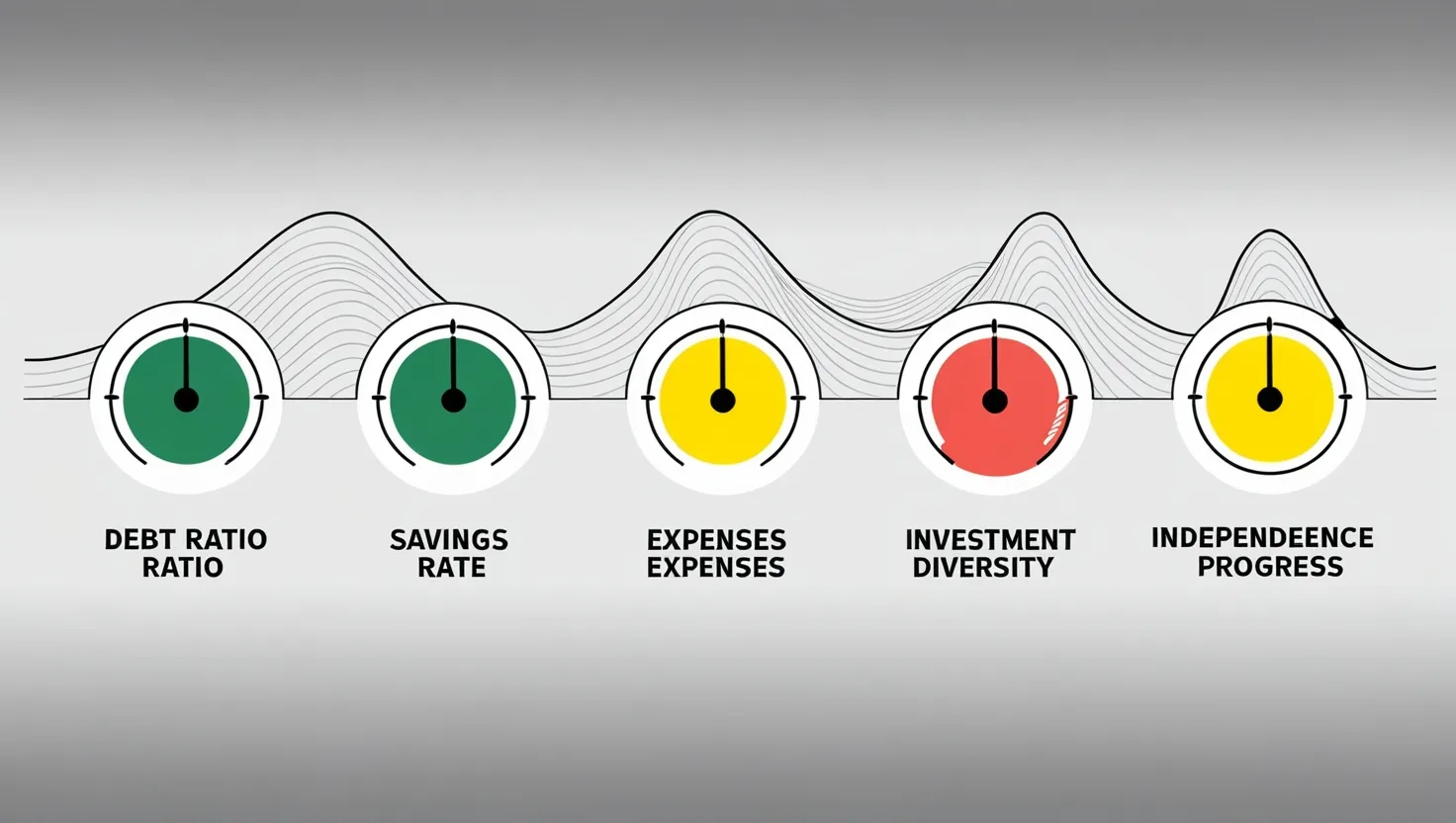Cryptocurrency is digital money that operates independently of a central authority. Transactions are secured using cryptography and recorded on a blockchain, a distributed ledger technology. It enables secure, direct exchanges of money online, offering privacy and global accessibility without the need for traditional banking systems.
To enhance clarity for our readers, we've chosen to present cryptocurrency in straightforward, accessible terms. While the underlying concepts are indeed complex and deeply technical, we believe in making this information approachable for all audiences. For those interested in a deeper dive, a wealth of technical papers and articles are readily available online, offering in-depth exploration into the technical intricacies of cryptocurrencies and blockchain technology.
This approach ensures both simplicity in understanding for the general reader and avenues for advanced learning for the curious mind.
Few Shortcomings of a Traditional Banking system:
- Banks are controlled by central authorities like governments, leading to potential inefficiencies and misuse of power. Government policies can also heavily influence banking operations, affecting customer access to funds and loan availability.
- Traditional banks are often significantly impacted by economic downturns. During recessions, banks may face crises due to loan defaults, reduced consumer spending, and overall financial instability, which can lead to stricter lending criteria and reduced access to credit for customers.
- Many individuals, especially in developing regions, lack access to banking services due to various barriers like documentation requirements and geographical limitations.
- Banks hold extensive personal data, raising privacy and data security concerns.
Lets Start with Why:
- Cryptocurrencies were created as an alternative to traditional, centralized financial systems. By operating on decentralized networks, they give people more control over their own money, free from the oversight and intervention of governments and banks.
- They offer financial services to those without access to traditional banking. This is especially important in areas where banking infrastructure is lacking or for people who are unbanked.
- Cryptocurrencies can make transactions faster and cheaper by eliminating intermediaries like banks. This is particularly useful for international transactions.
- They represent a new, innovative way of thinking about and using money, which can integrate with emerging digital technologies and adapt to changing digital economies.
Why Cryptocurrencies are Trusted:
- The trust in cryptocurrencies largely comes from the blockchain technology they use. Blockchain is a distributed ledger that records all transactions transparently and securely. Once recorded, the transactions cannot be altered, which adds to their reliability.
- Cryptocurrencies use cryptographic techniques to secure transactions and control the creation of new units. This makes them resistant to fraud and counterfeiting.
- Users have more control over their cryptocurrency transactions. The use of private and public keys ensures secure transactions while providing a degree of anonymity.
- The growing acceptance and use of cryptocurrencies by a global community enhance their trustworthiness. As more people and businesses accept and use them, their credibility and trust levels increase.
How does it work?
The backbone of any cryptocurrency, like Bitcoin or Ethereum, is a technology called blockchain. Let's understand blockchain in simple terms using an example.
Imagine you and your friends play a game where you keep track of everyone's points on a piece of paper. Instead of one person holding this paper, everyone has a copy. Every time someone earns points, everyone updates their own paper with the new score. This way, it's hard for one person to cheat because they would have to change everyone's paper at the same time, which is nearly impossible.
Blockchain works similarly. It's like a digital version of this paper, called a ledger, where all transactions or exchanges of cryptocurrency are recorded. When someone sends or receives cryptocurrency, it's like adding points to this digital ledger.
Just like in the game, instead of this ledger being in one place, everyone participating in the blockchain has a copy of it. Every time a transaction happens, everyone's copy of the ledger updates. This makes the system very secure because to alter any transaction, someone would have to change every single copy of the ledger at the same time.
So, blockchain is essentially a secure, shared, digital ledger that keeps a record of all cryptocurrency transactions. It's this technology that makes cryptocurrencies like Bitcoin secure and trustworthy.
How are Transactions Handled?
Imagine you want to give your friend, Alex, 10 digital coins from your cryptocurrency wallet (like a special online bank account for digital money). Here's how this transaction would happen:
- You start the transaction by saying, "I want to send 10 coins to Alex." You do this using a secure app or website connected to the cryptocurrency network.
- Before your transaction can go through, it needs to be checked or verified. This is like when a bank checks you have enough money before letting you make a payment. In the cryptocurrency world, special users on the network, often called 'miners', do this verification. They use powerful computers to solve complex math problems that validate your transaction.
- Once your transaction is verified, it's grouped with other recent transactions. Think of this like a page in a ledger book. This 'page' is called a block.
- This new block then gets added to a long chain of previous blocks. This is the blockchain, which is like a long, ongoing chain of those ledger pages, recording every transaction ever made ( hence the name blockchain ).
- Once your block is added to the chain, the 10 digital coins are transferred from your wallet to Alex's. Everyone on the network now has a record of this transaction, and it can't be changed or removed. This makes it very secure.
Why So many Variants?
In simple terms, the reason there are many different cryptocurrencies is similar to why we have different types of cars or phones – each one is designed to serve specific needs and preferences.
Just like some cars are built for speed and others for carrying cargo, each cryptocurrency is created with a different goal in mind. For example, Bitcoin was designed as a digital alternative to money, while Ethereum was made to facilitate smart contracts and decentralized applications.
Each cryptocurrency tries to improve or offer something different. Some focus on faster transaction speeds, others on enhanced privacy, and some on being more environmentally friendly. It's like how different phone brands offer unique features to stand out in the market.
While all cryptocurrencies use blockchain technology, they don't all use the same blockchain. Imagine blockchain as the underlying technology, like the internet, but each cryptocurrency operates on its own separate 'version' of this technology. This means they have their own separate networks and ledgers (record books). It's like having different social media platforms – all use the internet, but they operate independently with their own user data and features.
Summary:
- Cryptocurrency: Cryptocurrency is a type of digital money that operates independently of a central authority, like a government or bank. It uses cryptography for secure transactions and is recorded on a blockchain, a distributed ledger technology.
- Blockchain: Blockchain acts as a secure, digital record book that keeps track of all cryptocurrency transactions. It's decentralized, meaning it's not stored in one place but across many computers, making it secure and almost impossible to tamper with.
- Transactions on Blockchain: When you send cryptocurrency, the transaction is verified by network participants, grouped into a 'block' with other transactions, and added to the blockchain. This process ensures that transactions are secure and permanent.
- Variety of Cryptocurrencies: There are many different cryptocurrencies, each designed for specific purposes and with unique features. Some focus on speed, others on privacy, and some on using blockchain for things beyond just currency, like smart contracts.
- Different Blockchains for Different Cryptocurrencies: While all cryptocurrencies use blockchain technology, they don't all use the same blockchain. Each one operates on its own network and has its own ledger, similar to how different social media platforms operate independently but all use the internet.
Author’s Take:
Understanding and utilizing cryptocurrency is crucial as it represents an emerging technology that offers enhanced security and privacy. However, it's important to approach it cautiously, especially as an investment. Cryptocurrency markets are highly speculative, and it's wise to limit your investment to an amount you can afford to lose.
The potential of cryptocurrency to reshape or replace traditional banking systems is a subject of ongoing debate. Predicting the future impact of cryptocurrency on global financial systems is challenging, as it falls into the realm of macroeconomic factors that are often unpredictable and beyond any single individual's control.
As for the adoption of cryptocurrency, it's certainly advisable to start familiarizing yourself with it. The notion that cryptocurrencies are solely used for illicit activities is a myth. Increasingly, we're observing a trend towards regulated and mainstream use of digital currencies. While it remains uncertain whether cryptocurrencies will completely overhaul our existing financial systems, they undoubtedly represent a significant and evolving aspect of our financial landscape.






